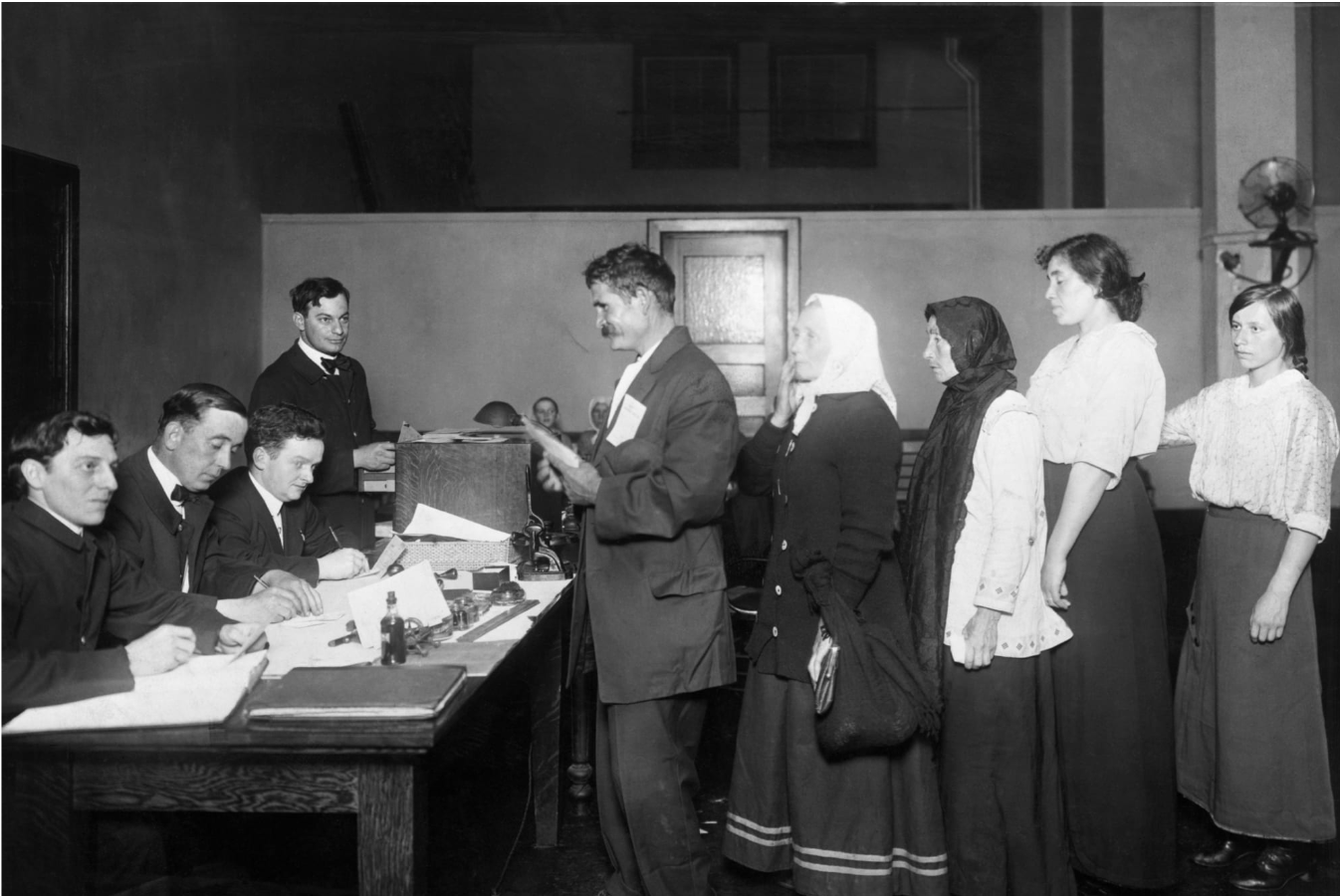Starting in 1882, an act called the "Chinese Exclusion Act" was instituted. This restricted Chinese immigration for the next 60 years, for it was finally repealed in 1943.
"The "Chinese Must Go" movement was so strong that Chinese immigration to the United States declined from 39,500 in 1882 to only 10 in 1887."
~ Asian American Society
By 1885, Japanese, Indian and Korean immigrants started coming in with Japanese migrants having the majority. Quickly, anti-Japanese legislation/violence grew. In 1907, Japanese immigration was restricted because of the "Gentleman's Agreement" between Japan and the US.

Immigration in the 1900s at Ellis Island
